Nasca art, an introduction: The Nasca were interested in issues of design and abstraction centuries before the rise of abstract art in the twentieth century.
Read Now >Chapter 22
Middle South America, c. 2nd century–c. 900 C.E.
Introduction
This chapter deals with a time in Andean history (2nd century C.E.–c. 900 C.E.) when a multitude of cultures (among them the Jama-Coaque, Moche, Chimú, Nasca, and Tiwanaku) proliferated along the Andean coast and in the highlands. With this diversity of cultures came diversity of artistic expression—although many cultures held spiritual beliefs or ideas about the world in common.
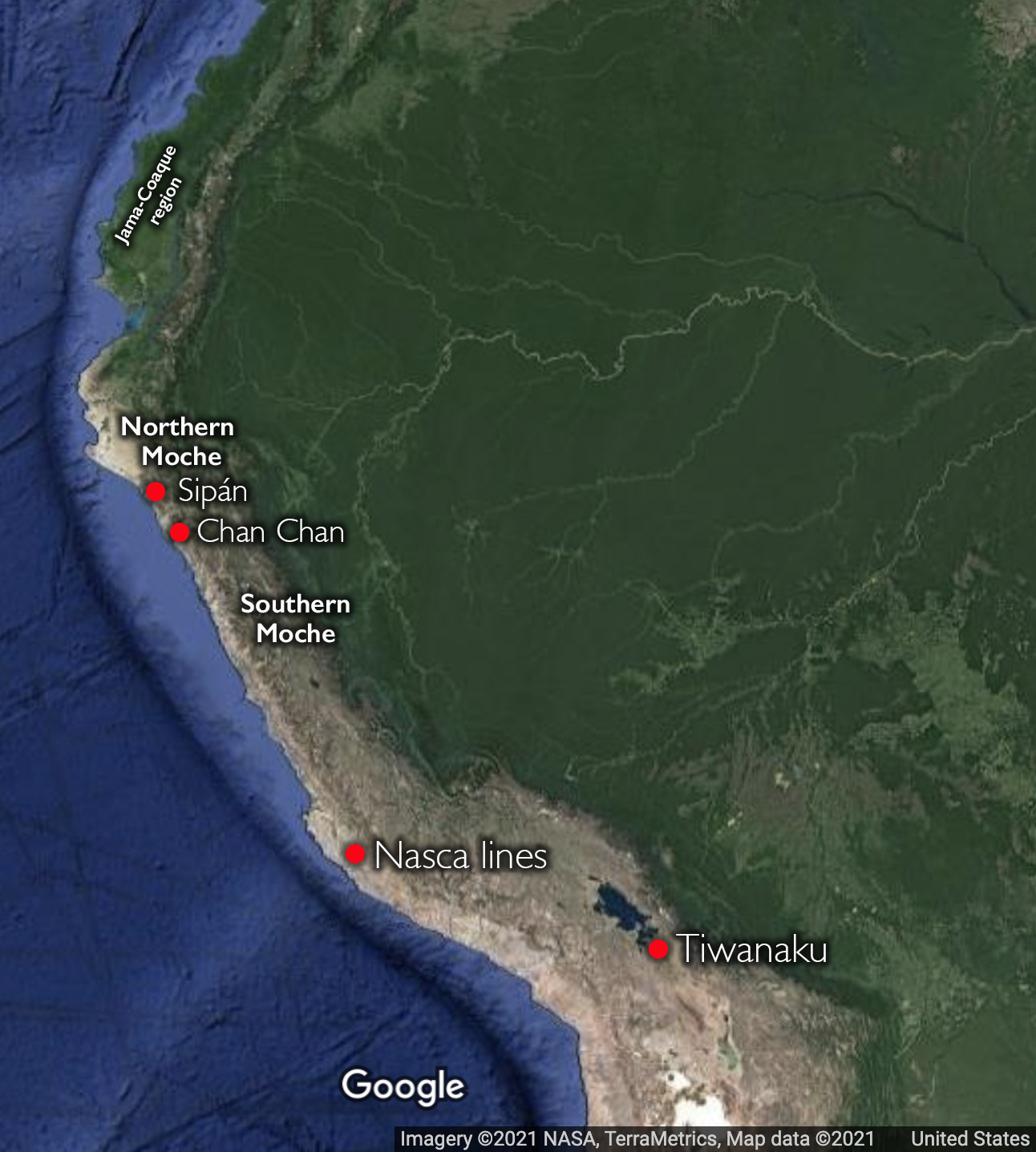
Ecuador, Peru, and Bolivia with cultures an cities indicated (underlying map © Google)
While all of these cultures belong to what we think of as the Andean region, they flourished in different geographic terrains. The Jama-Coaque culture thrived in the fertile plains of modern-day Ecuador, and the Moche and Chimú cultures occupied the dry north coast of what is now Peru, while the Nasca were on the even more arid south coast. Tiwanaku is in the often-frigid highlands, near Lake Titicaca and modern Peru’s border with Bolivia.
Location and ecological zones helped shape some aspects of these cultures and their art, but as the Chimú introduction essay (below) shows, elites were not limited to what was available in their immediate region. They traded for exotic materials from far-away places like the Amazonian rainforest for brilliant feathers, the warm waters off what is now Ecuador for richly-colored Spondylus shell, and highland camelid fiber used in textiles, creating webs of contact.
The introductory essays to this chapter give some idea of the variety of art media, messages, and styles during this era.
Introductory essays to read
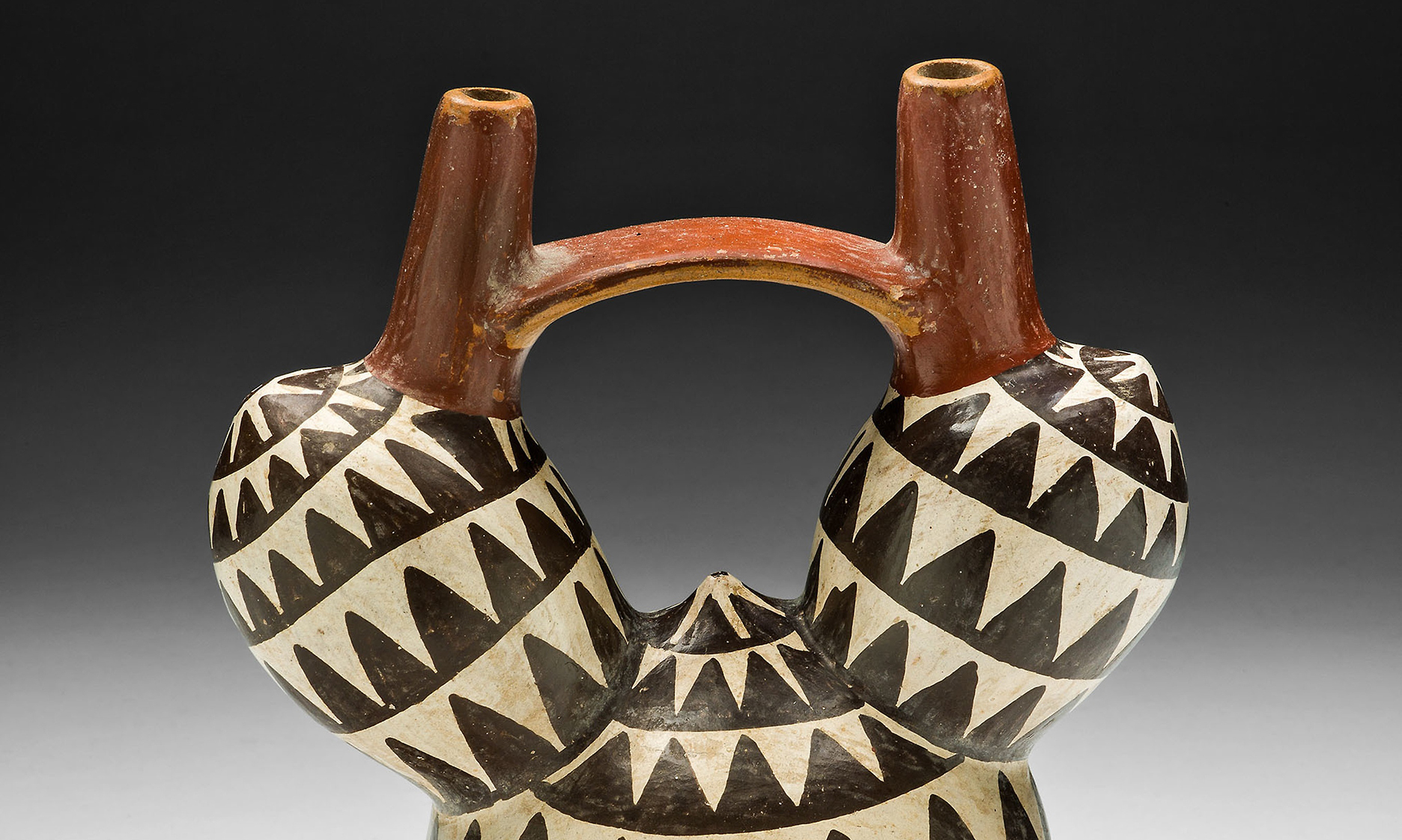
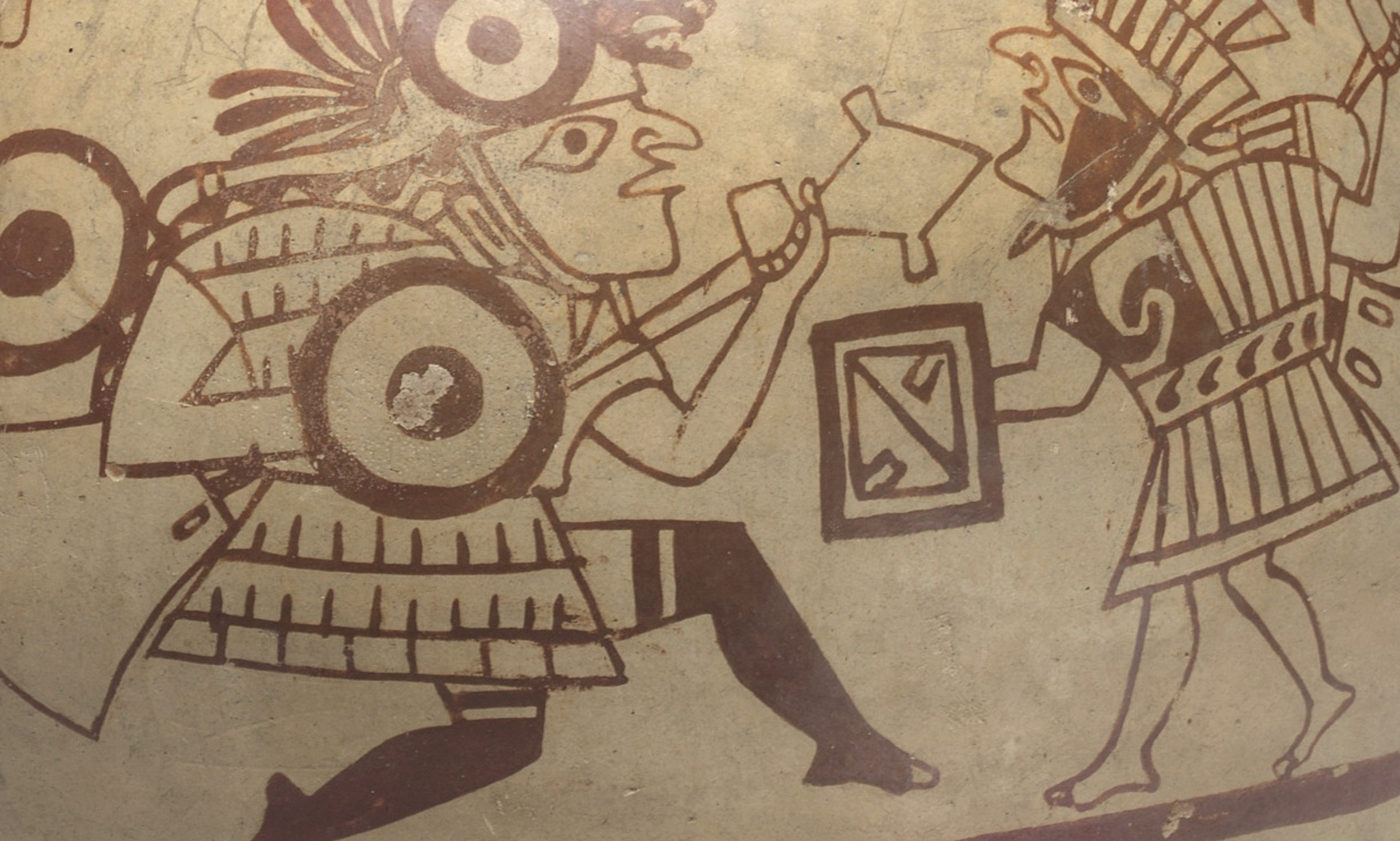
Moche culture, an introduction: Not one unified political entity, the Moche were independent groups who shared common ideas—and artistic forms.
Read Now >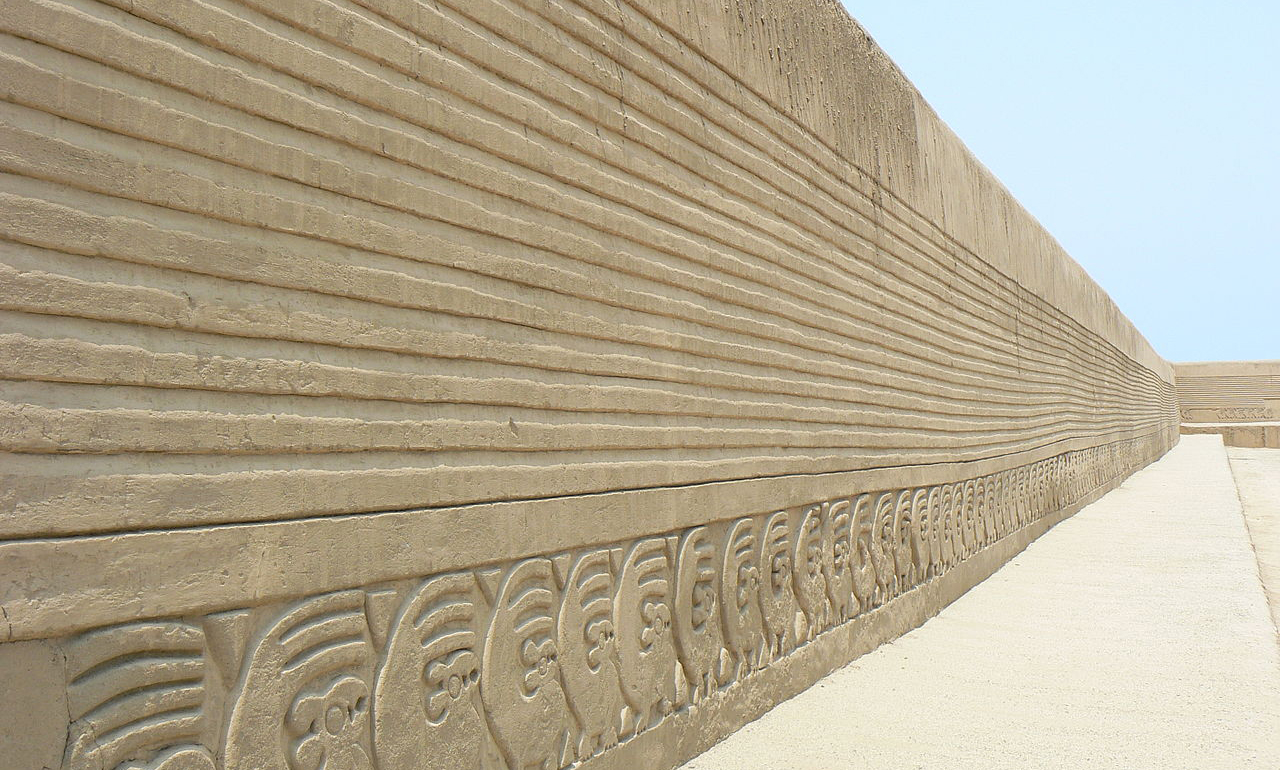
Chimú culture, an introduction: The Kingdom of Chimor was conquered by the Inka, but impressive adobe walls survive in their capital, Chan Chan.
Read Now >
Tiwanaku, an introduction: The main city center of Tiwanaku boasted a population of 25,000–40,000.
Read Now >/4 Completed
There are four main topics addressed in this chapter: making places with meaning, adorning the body, burying the dead, and people in art. In looking at these topics, we consider the larger view of how cultures structured the world around them through architecture and earth sculpture, and the narrower view of how people’s identities were expressed in life, in death, and in art.
Making places with meaning
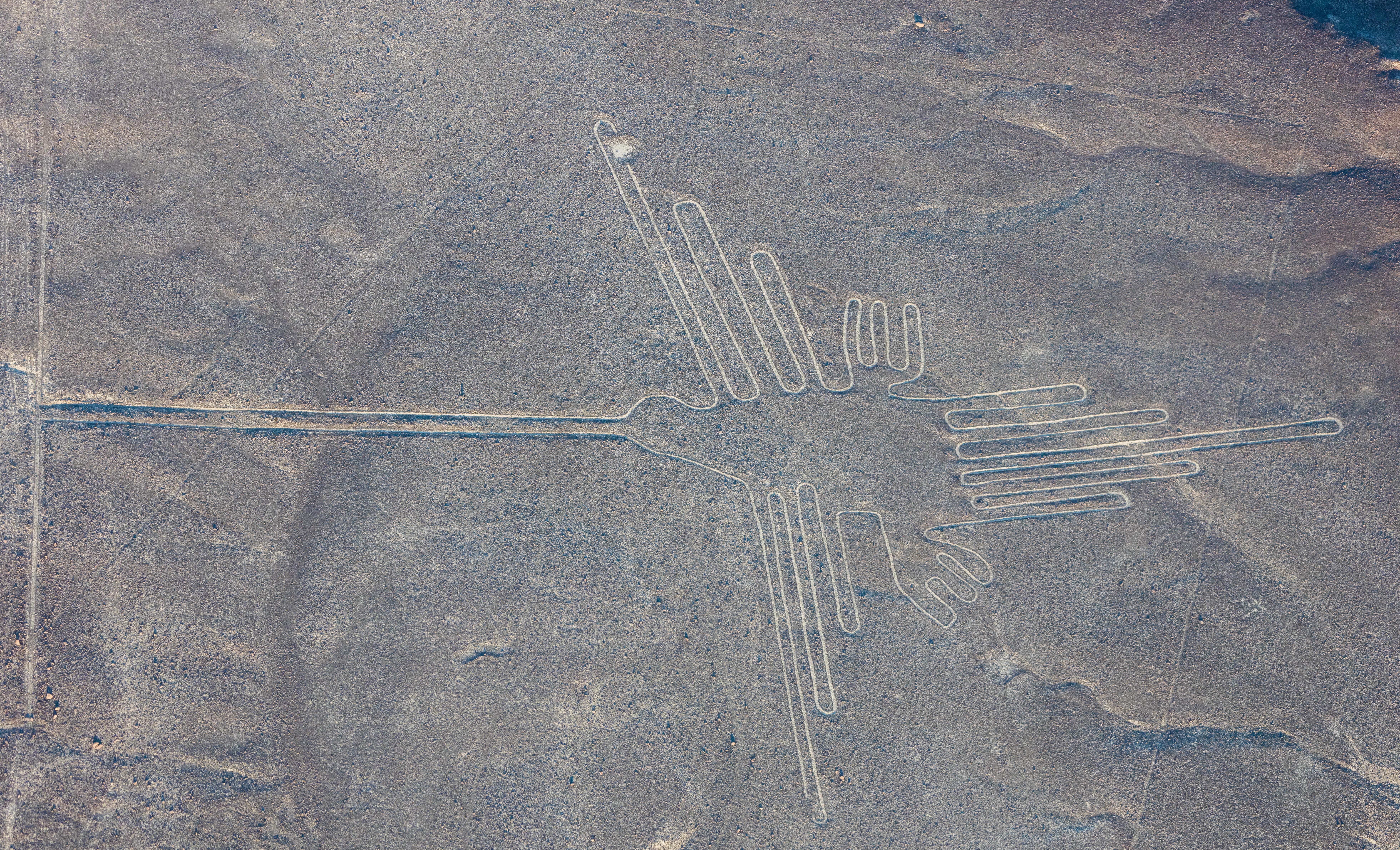
Hummigbird, Nasca Geoglypph, over 300 feet in length, formed approximately 2000 years ago (photo: Diego Delso, CC BY-SA 4.0)
As seen in another chapter that focuses on Andean art before 200 C.E., architecture can carry a great deal of meaning in its materials, spaces, and specifics of construction. In this middle period, we encounter many varieties of place-making: building structures and shaping the landscape through human effort. The geoglyphs of Nasca are enormous marks on the landscape, probably meant to communicate with supernatural beings and created through cooperative group effort.
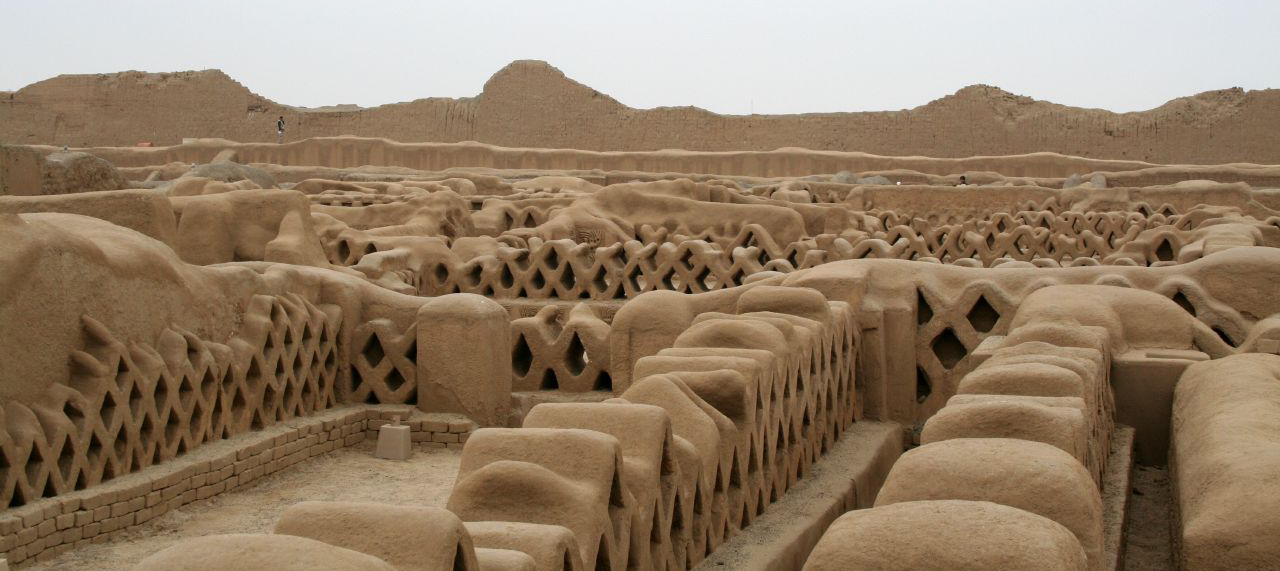
In contrast, the enclosures or ciudadelas of the Chimú capital of Chan Chan were exclusionary, with only one entry and high walls designed to let in only those who were worthy. They were most likely made through labor that was coerced, paid as a tax, or a combination of the two. Within, they mixed both secular and sacred elements—they served as royal courts during a ruler’s life and as their tomb after death.
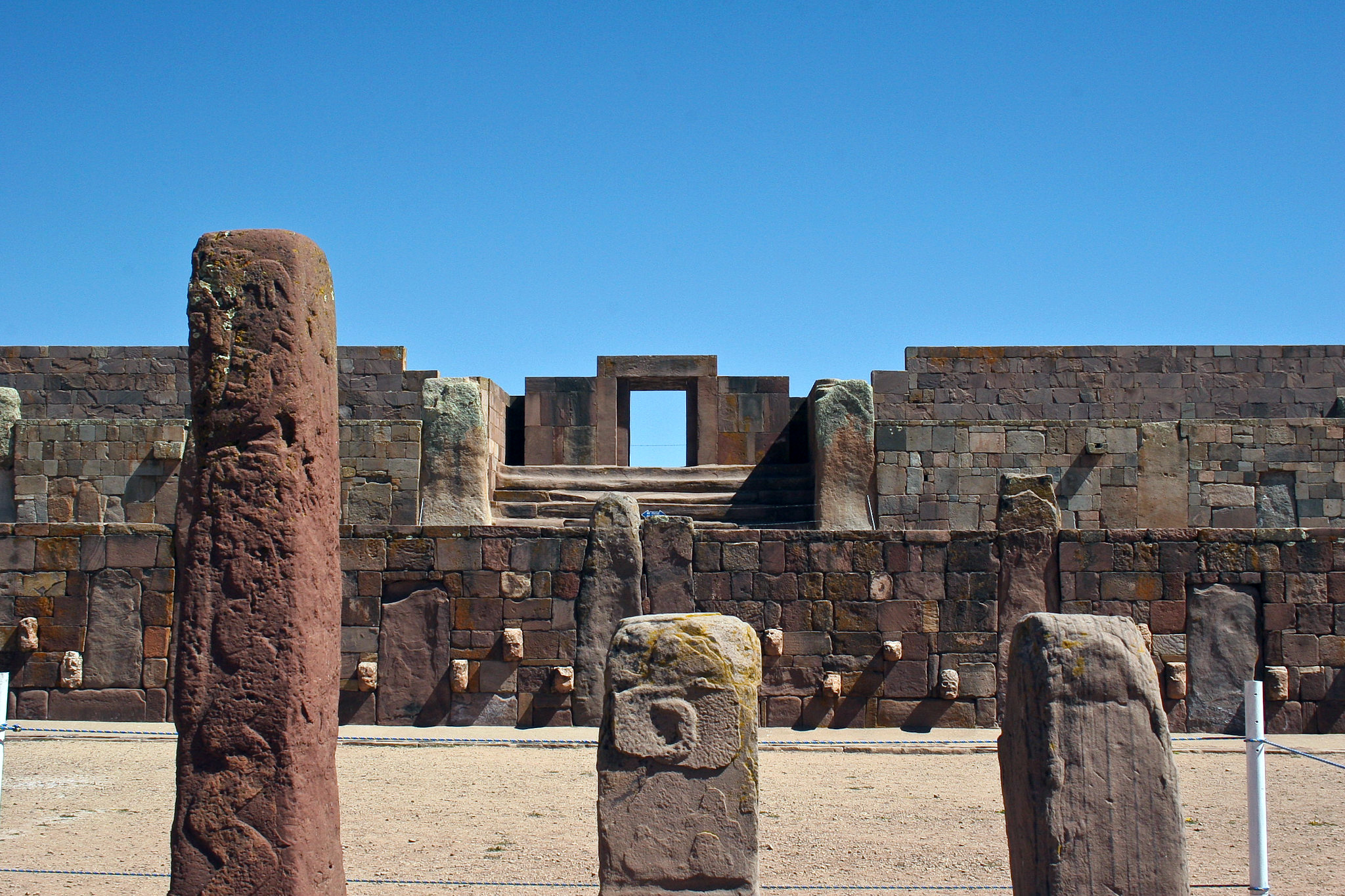
View from the Semi-subterranean Court, Tiwanaku, 300–400 C.E. (photo: Danielle Pereira, CC BY 2.0)
The city of Tiwanaku is best known for the sacred ceremonial center at its heart, but there were also areas where people lived and went about their daily lives. The large structures of the ceremonial center were most likely made with people paying a labor tax, working alongside specialists in stone building. In each case, what people build is relevant to their culture’s wants and needs, and the way they think things should be done. How does the architecture you encounter communicate its purpose to you? How do buildings today create meaning in our world?
Essays and videos about places
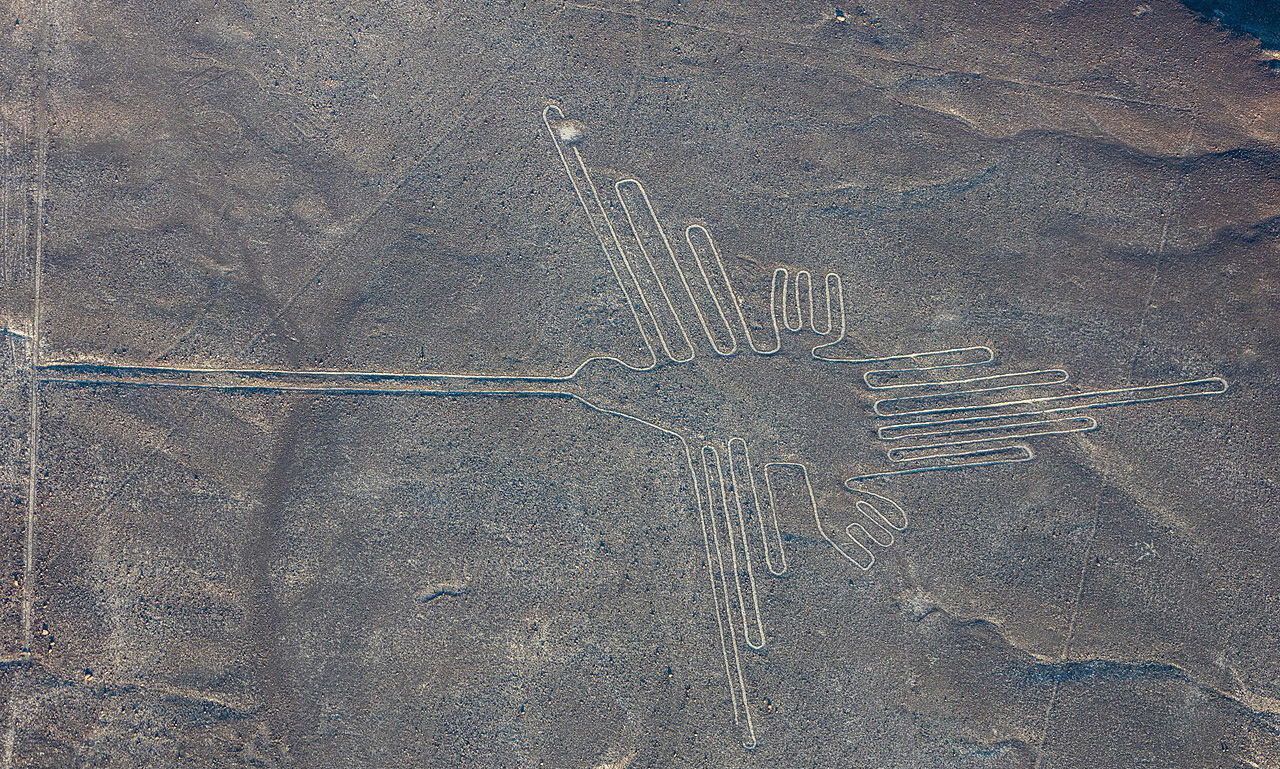
Nasca Geoglyphs: These images carved into the desert floor cannot be truly appreciated from the ground—so who were they made for?
Read Now >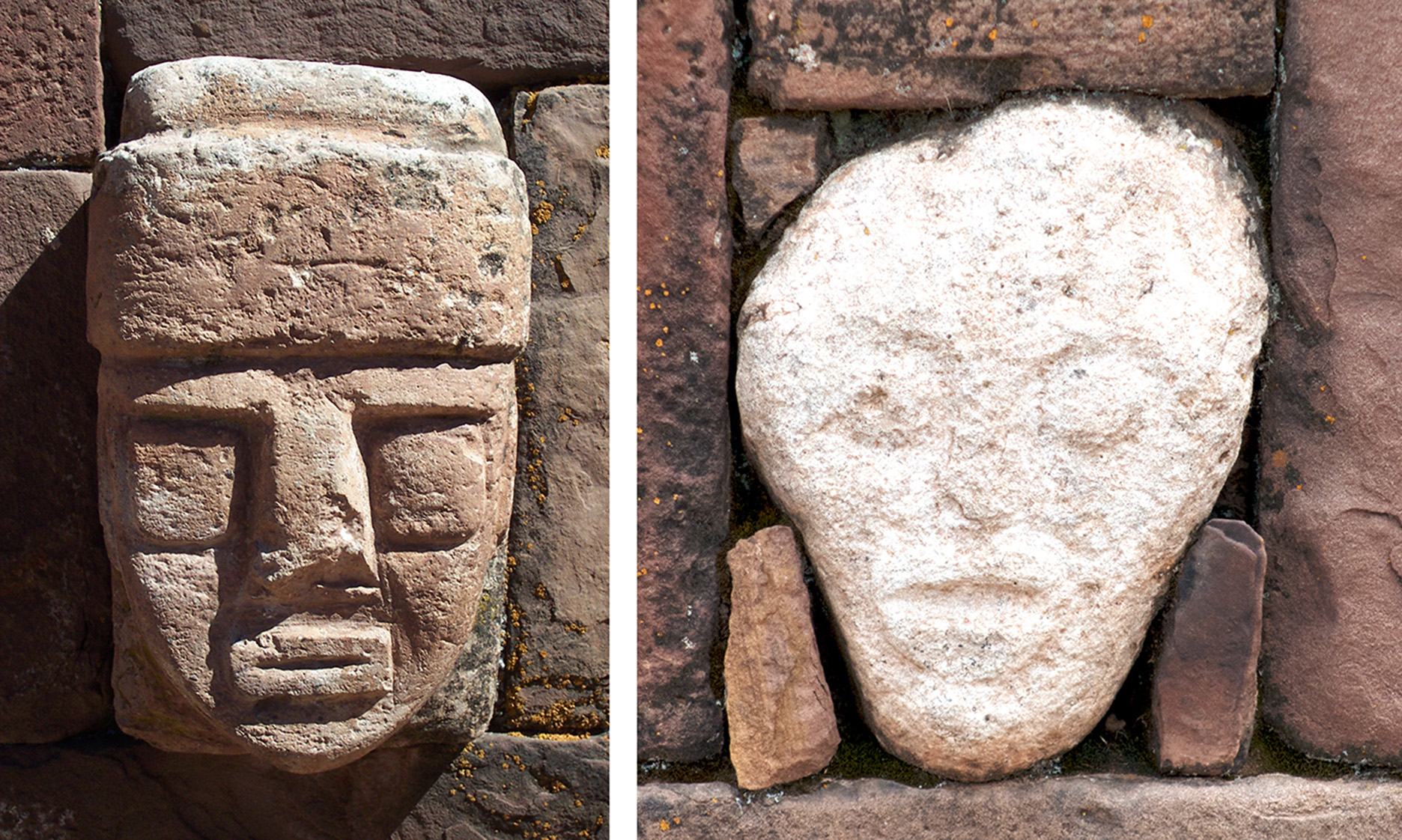
Tiwanaku and its semi-subterranean court: Marking the rise of Tiwanaku’s importance as a regional center.
Read Now >
Chan Chan: The planning of this huge city, the largest in pre-Columbian America, reflects a strict political and social strategy.
Read Now >/3 Completed
Adorning the body
This section focuses on adorning the body, specifically with the use of jewelry and textiles (also the focus of a chapter on an earlier Andean period). In the Andes, as in many places, adorning the body was a way to communicate who a person was, including their gender and social status. The materials of their clothing and other adornments could also carry meaning, including where the material from which it was made came from, and how it had been constructed. Two of the most important forms of adornment were clothing and jewelry.

Nasca, Mantle (“The Paracas Textile”), 100–300 C.E., cotton, camelid fiber, 58-1/4 x 24-1/2 inches / 148 x 62.2 cm, found south coast, Paracas, Peru (Brooklyn Museum)
With the Paracas Textile (which is confusingly actually Nasca, the culture that followed the one we call Paracas) we can see that while the earlier Paracas technique of embroidery has been abandoned, it has been replaced with techniques (crossed looping and warp wrapping) that are equally time-intensive, carrying on the interest in showing wealth and power through the ability to command the resources and labor needed to create such an impressive textile.
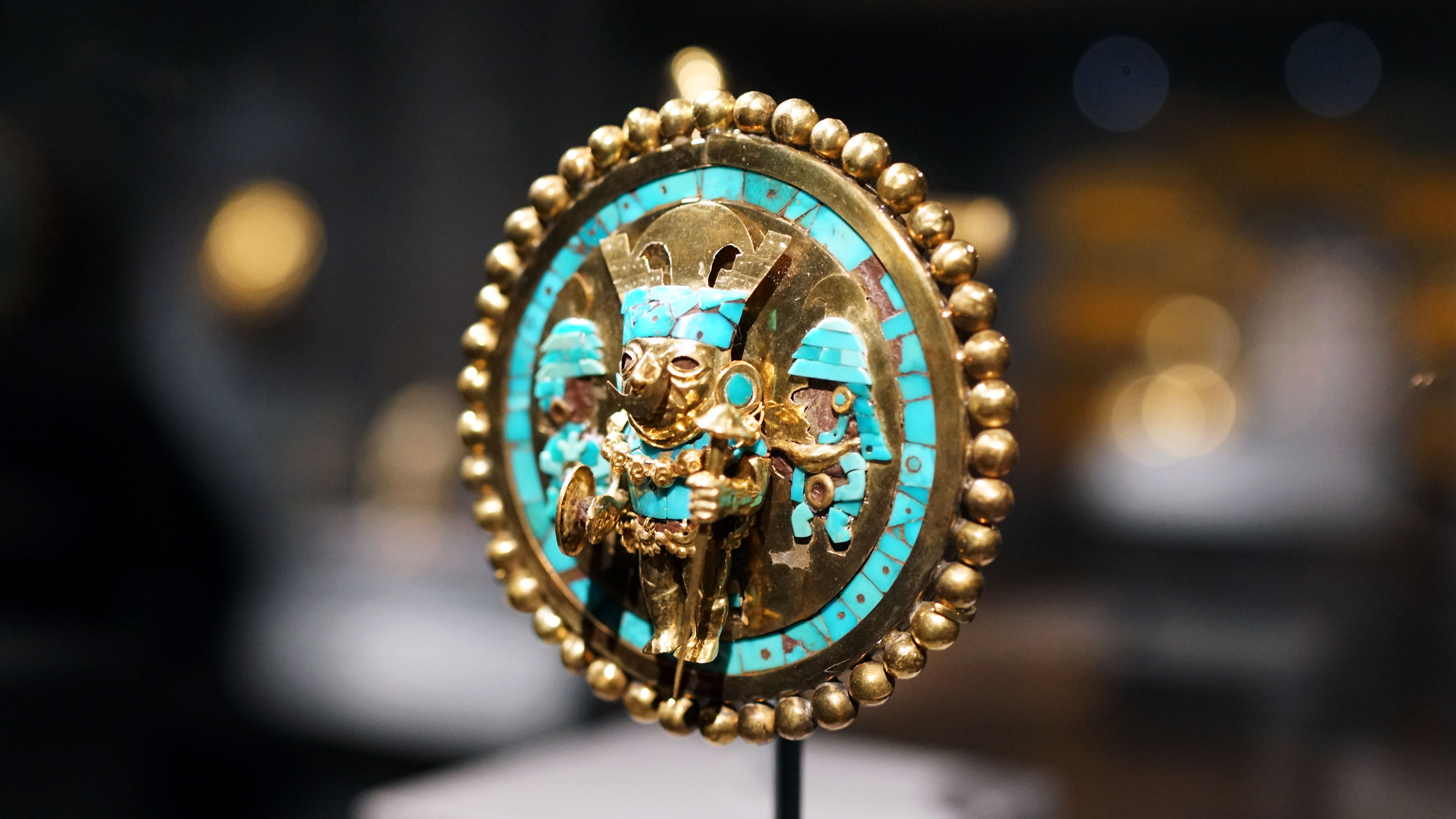
Ear ornament depicting a warrior, 640–680 C.E., gold, turquoise, and wood, 9.5 cm diameter (photo: Steven Zucker, CC BY-SA 4.0)
Moche earspools are, like the Salinar nose ornament discussed in the “Early South America” chapter, meant to show the power and status of the person who wore them. In addition to gold however, we now see shell and semiprecious stones incorporated into the jewelry, adding color but also more exotic materials that would have been brought to Moche centers via long-distance trade with the highlands, the far north, and possibly Amazonia as well. Elite interest in clothing themselves in brilliant color persists in this period. What makes an outfit or a piece of jewelry a sign of wealth in today’s world? Are the criteria the same or different than those of the ancient Andes?
Essays and videos about adorning the body
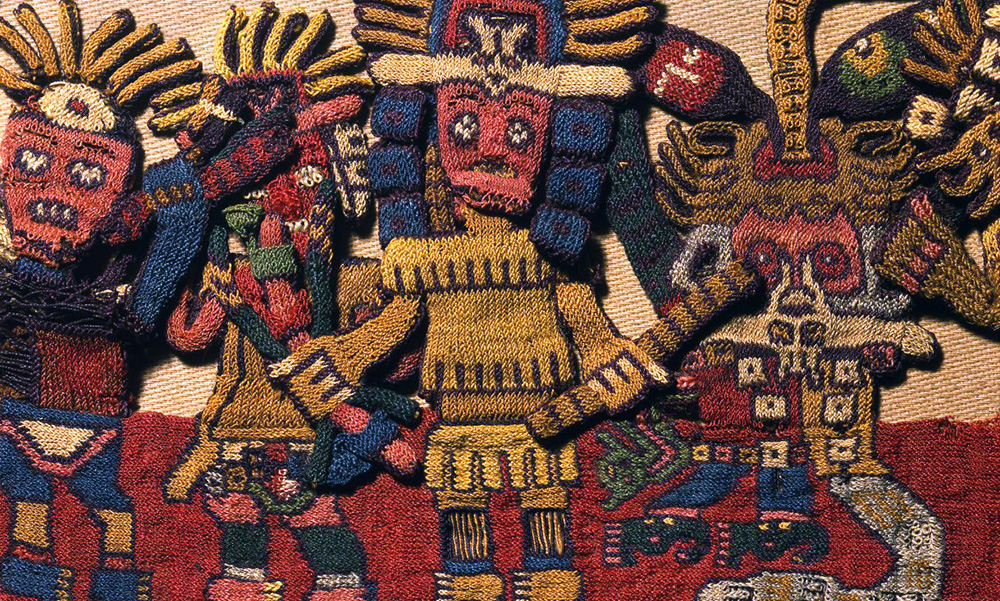
Nasca culture, The Paracas Textile: This nearly 2000-year-old old textile survives thanks to the arid environment of southern Peru where it was buried.
Read Now >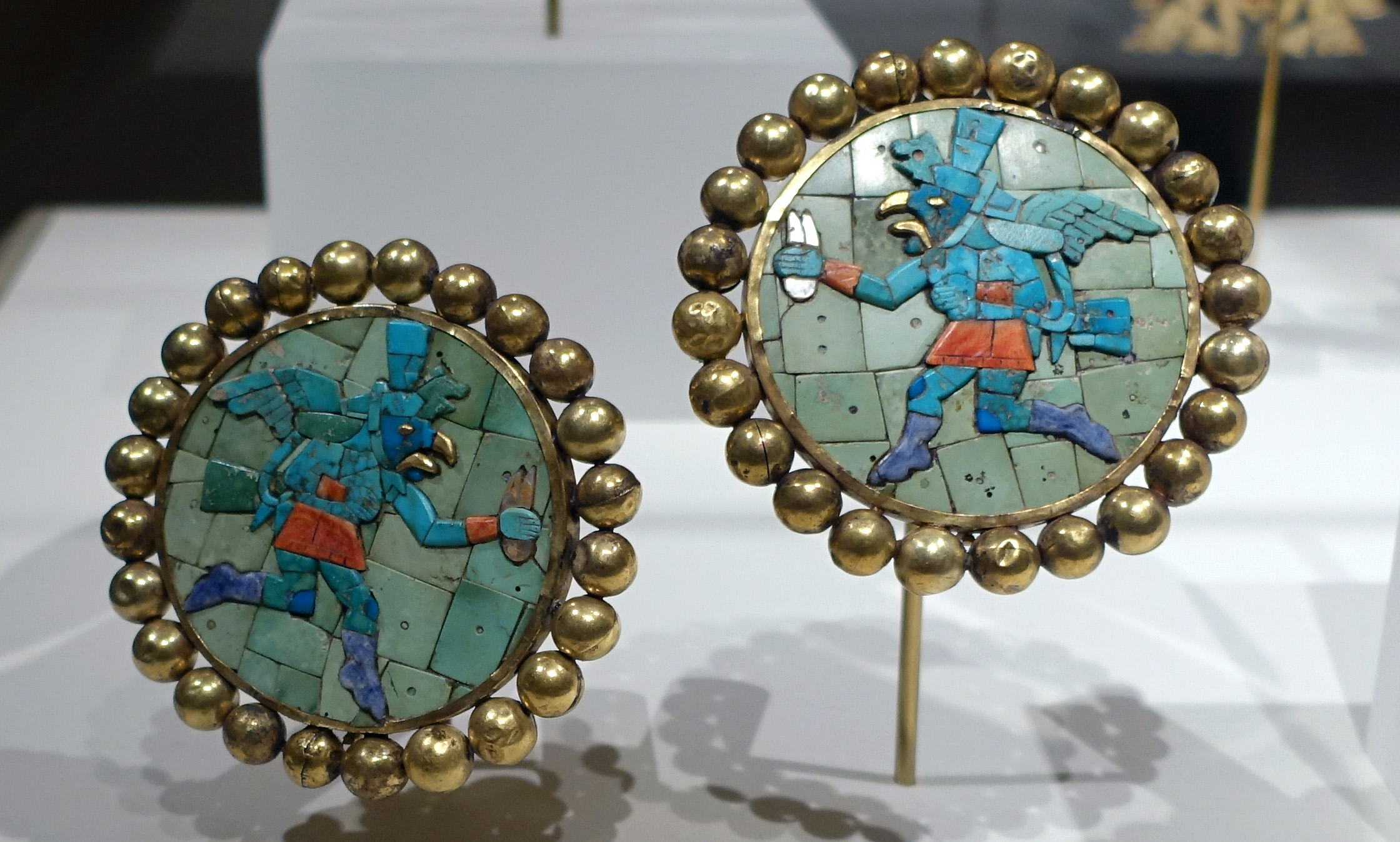
Pair of Moche Earflares: Made of gold and inlaid stone, these earflares were probably worn for ceremonies rather than daily.
Read Now >/2 Completed
Burying the dead: power and gender
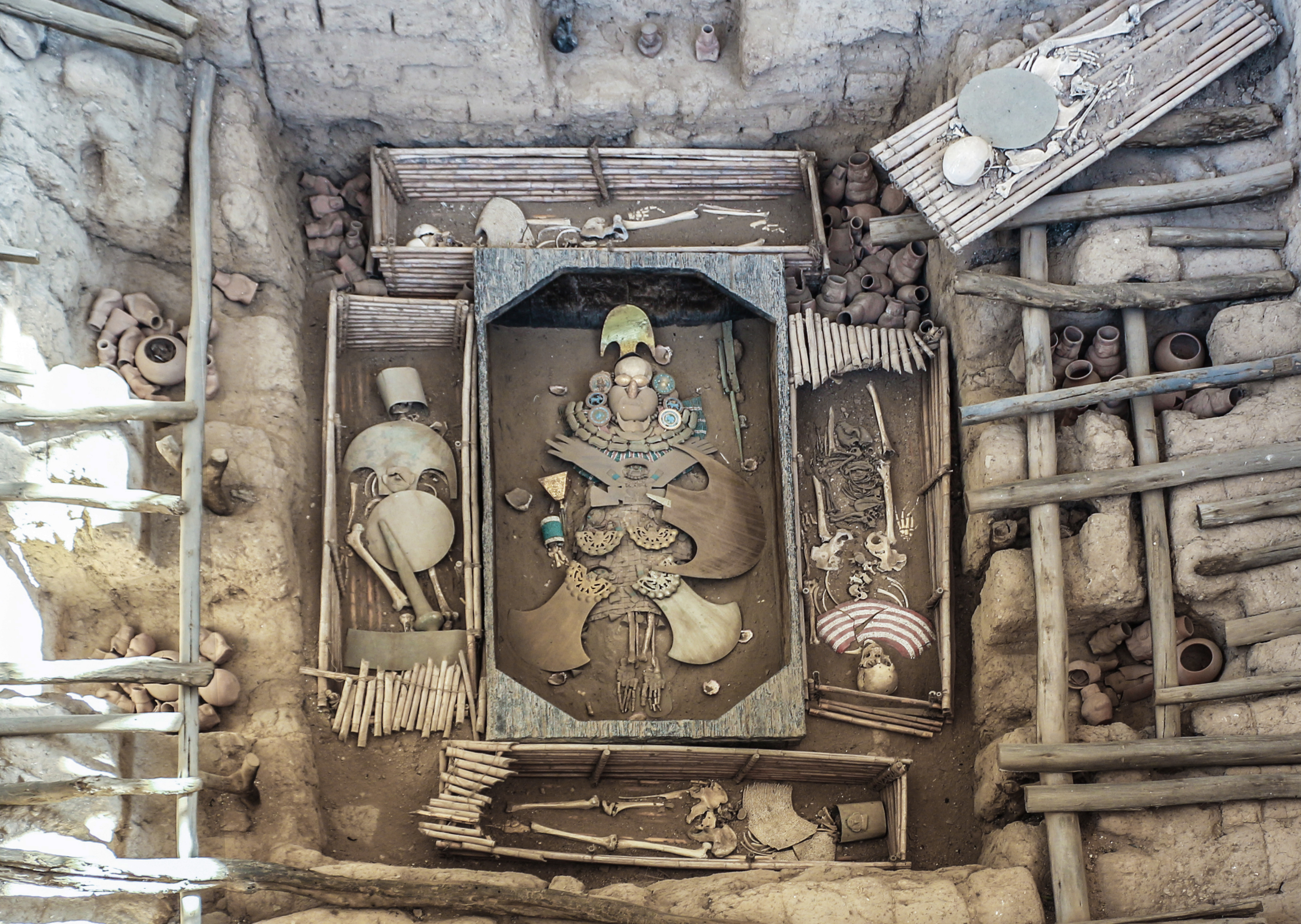
Reconstruction of the tomb of the Lord of Sipán in Huaca Rajada, Peru (photo: Bernard Gagnon, CC BY-SA 3.0)
A common archaeological saying is that “the dead don’t bury themselves,” meaning how tombs are filled tells us as much about the people who did the burying as the people who are buried in them. What we end up with is a “burial identity” that may reflect what a person was like in life, but just as possibly reflects what they meant to the people who buried them. This can be especially true in cases of elite rulers, who often exist outside the normal identities that defined commoners or even nobles. Rulers also were able to break rules relating to gender expression, especially in ritual contexts. They are frequently thought of as descended from divine beings, and they can become powerful ancestors in death. In this section we have two examples from the Moche of the north coast of Peru, showing us elite burials of men (in the case of Sipán) and a woman (at Huaca Cao Viejo).
Essays and videos about burying the dead

The Moche Royal Tombs of Sipán: Get to know the richest burial site in the Western hemisphere.
Read Now >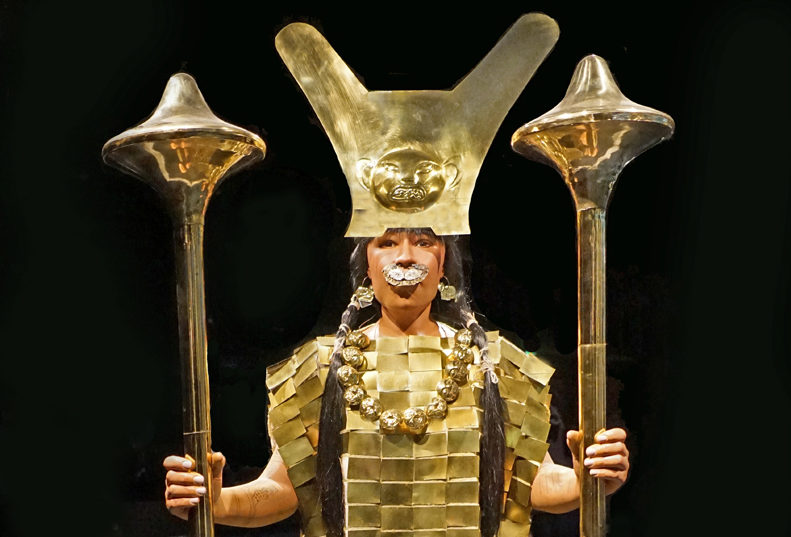
Funerary bundle of the Señora de Cao: The discovery of this Moche woman’s luxurious tomb made scholars question the Moche culture’s relationship between gender and power.
Read Now >/2 Completed
In comparison, I am also including links to two cross-cultural examples: the tomb of Fu Hao from China, and the tomb of Tutankhamun from ancient Egypt. Fu Hao, a “warrior queen” whose exploits are recounted on oracle bones in her tomb, was, despite her high status, not buried in the royal cemetery—which fortunately kept her final resting place safe from looters. Tutankhamun, who died at the age of eighteen, had not accomplished much in his life compared to Fu Hao, yet was buried with an astonishing treasure that still captivates our imagination. These examples can help us think about how burials can reflect ideas about wealth, social roles, and gender, as well as how modern Western burial traditions differ from these ancient ones.
Essays about cross-cultural comparisons
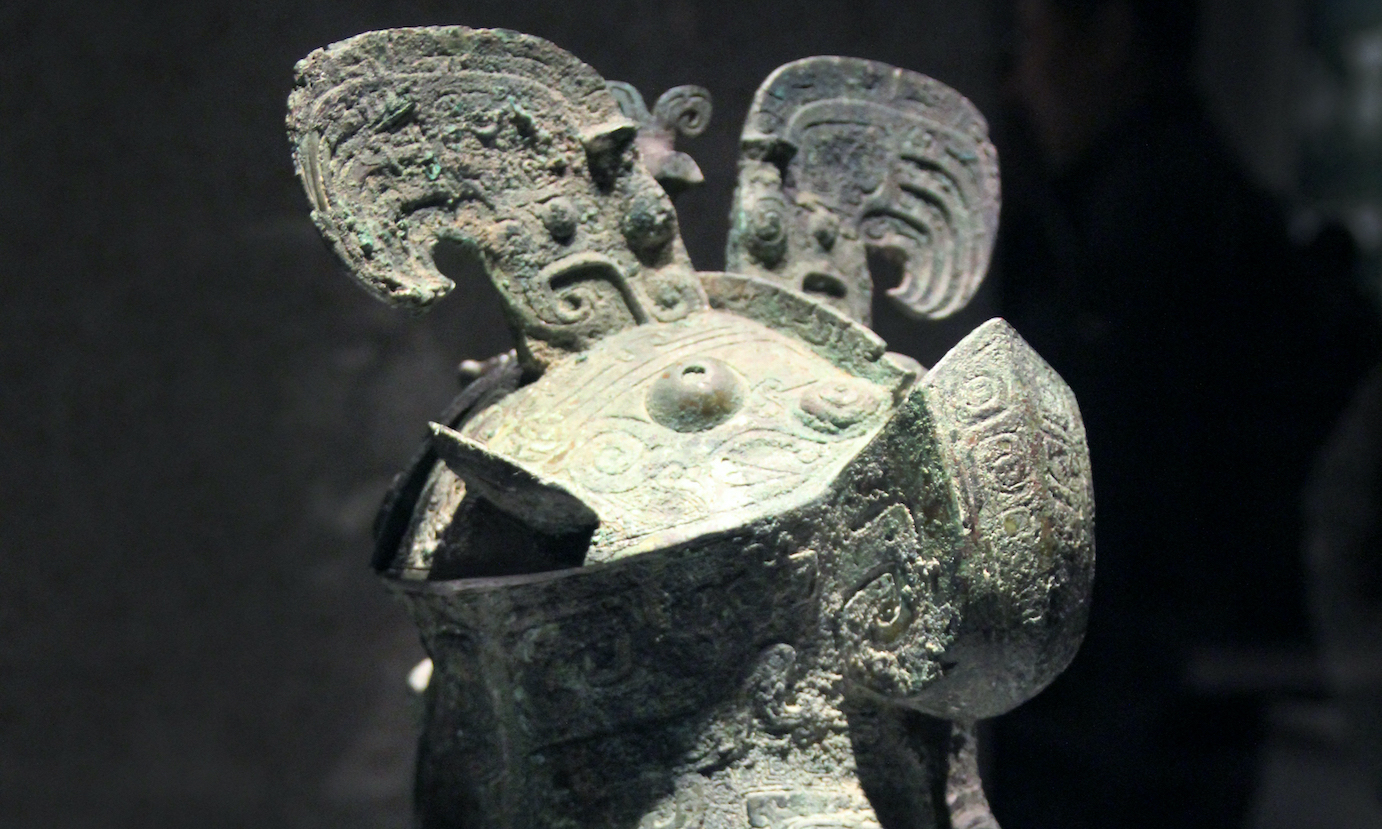
War and Sacrifice: The discovery of Fu Hao’s tomb and the material objects she used in life and death confirmed Fu Hao’s role as one of the most important female military commanders, warriors, and ritualists in the history of ancient China.
Read Now >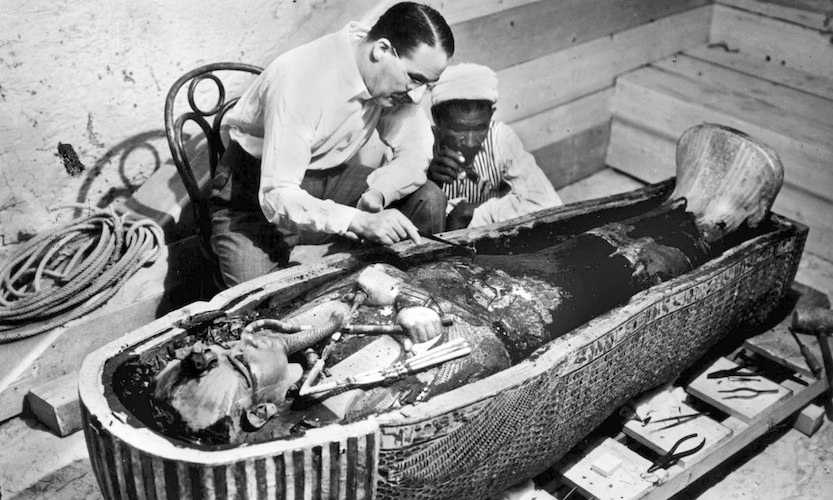
Tutankhamun’s tomb: Treasures, mummies, curses, and the boy king—since its discovery, King Tut’s tomb has captured the public mind.
Read Now >/2 Completed
People in art
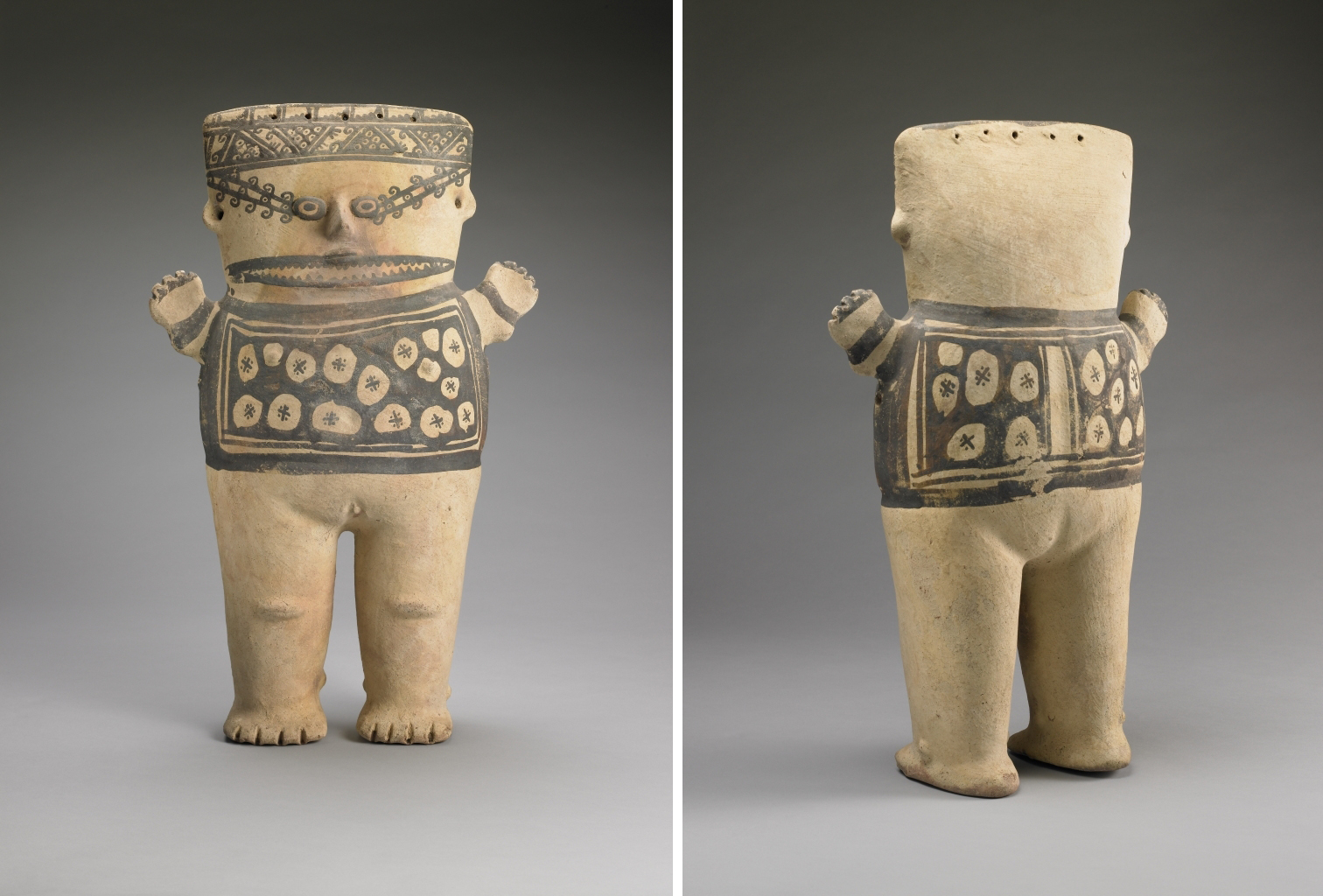
Ceramic endured as an important medium for expression in the Andean region. The works you will read about below all represent the human figure, some displaying the body heavily adorned. There are also some that are more abstract while others are more naturalistic. As you learn more about the examples below in essays and videos, you might ask yourself which ones could hold liquid? Which figures are associated with spiritual or supernatural forces?
Essays and videos about people in art
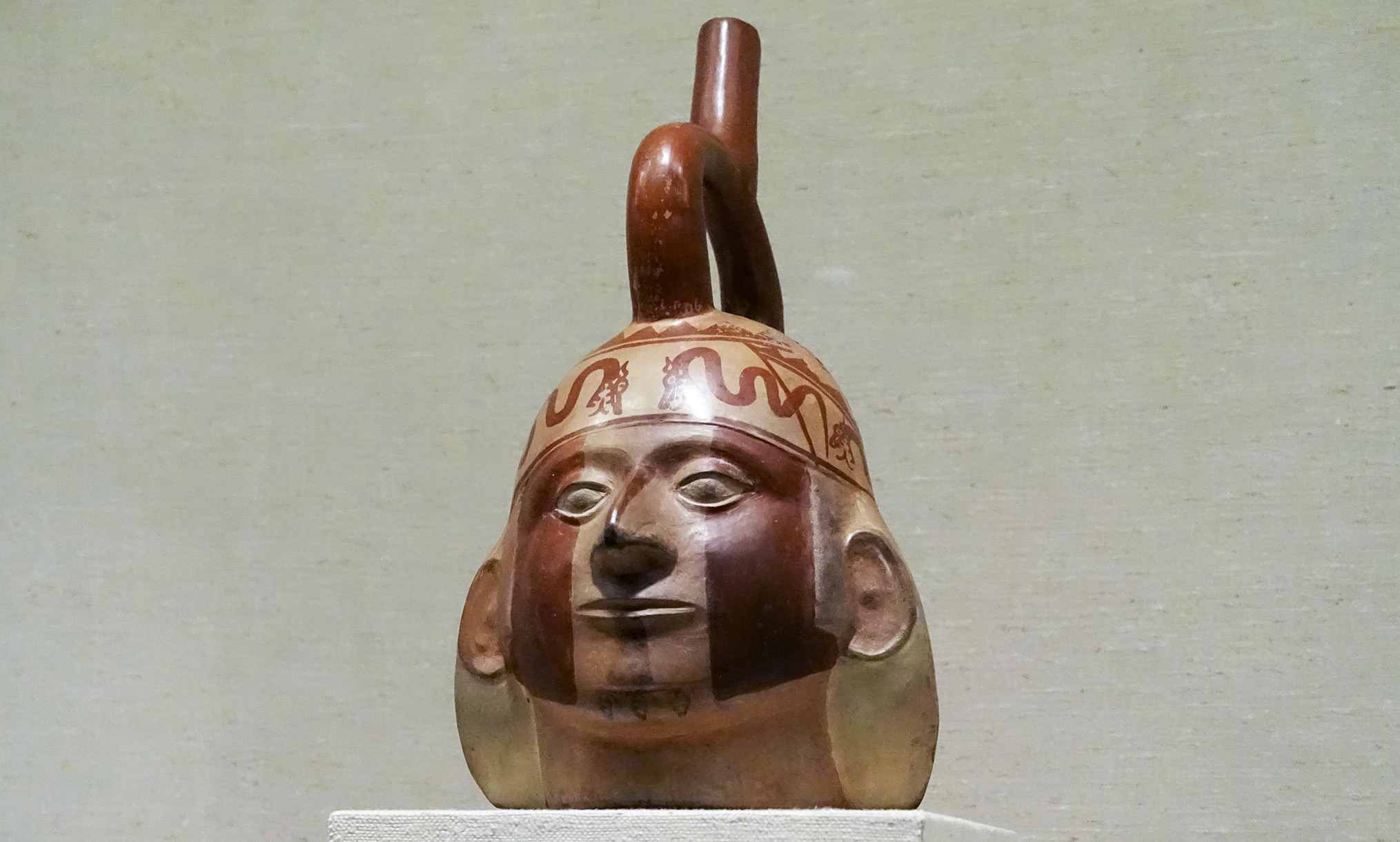
Moche Portrait Head Bottle: Thousands of ceramic bottles were produced by Moche ceramicists, and many multiples were made using molds.
Read Now >
Chancay Standing Female Figure: The blending of human and animal traits in this figure shows us that the Chancay people were keen observers of nature.
Read Now >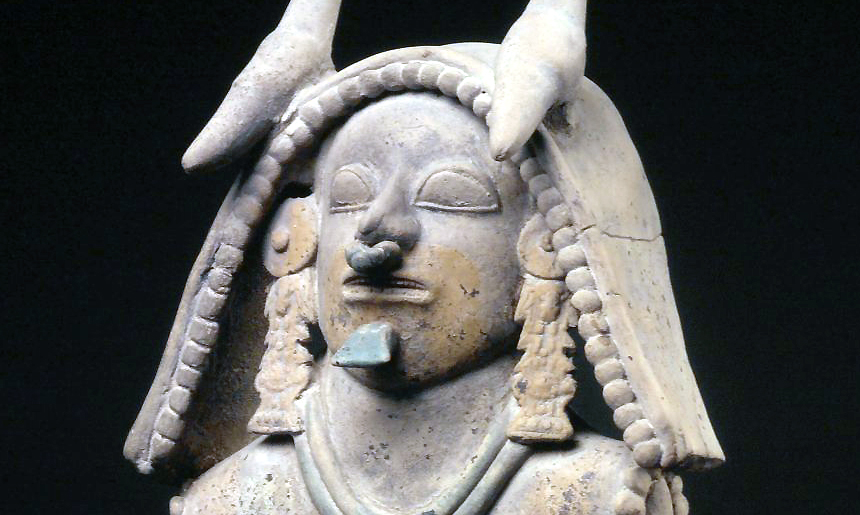
Jama-Coaque ceramics: Many thousands of brightly painted and beautifully detailed sculptures were produced by the Jama-Coaque culture of modern-day Ecuador’s lush western coast.
Read Now >/3 Completed
All three examples are part of the larger Andean ceramic tradition, and build upon the technologies developed in the centuries before them.
How are these representations of people similar to or different from the ones we encounter daily? Can they tell us something about how representing a person is another way of talking about identity?
Key questions to guide your reading
What and how did South American cultures decide what was valuable?
How did they communicate ideas of power?
Jump down to Terms to KnowWhat and how did South American cultures decide what was valuable?
How did they communicate ideas of power?
Jump down to Terms to KnowTerms to know and use
adobe
camelid
Chimor
ciudadela
contour drawings
earspool
equinox
geoglyph
huaca
kero (quero)
repoussé
Sacrifice Ceremony
slip
solstice
Spondylus shells
stirrup-spout vessel
tenon head
tumi
zoomorphic

